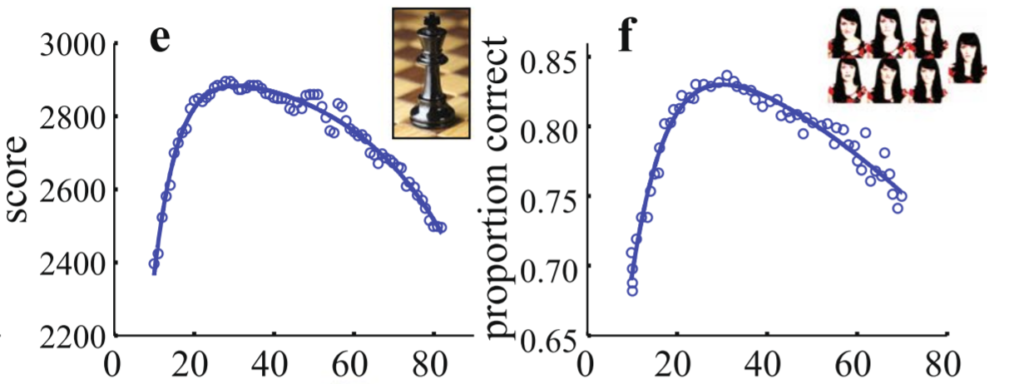Figures – The H-PFC pathway.
(A) Drawling of the human brain from the midsagittal perspective showing the hippocampus (yellow) amygdala (lavender), and mPFC (light blue).
(B) Schematic showing the general connectivity of the hippocampus, amygdala and PFC in the rat, with the H-PFC pathway projecting from the subiculum and ventral CA1 region of the hippocampus to the PFC. The neuronal connections are unidirectional and glutamatergic. The ventral hippocampus also has bidirectional connections with the amygdala, and the amygdala has bidirectional connections with the PFC.


Diagram representing the interconnectivity of the corticolimbic network and its downstream effectors linked to amygdala output. Stress is hypothesized to dysregulate the normal functions of the system. Because the amygdala and hippocampus are known to be involved in emotional and contextual memory processing, stress likely contributes to the dysregulation of these functions.
In a 25 year research program linking with major labs and also the biggest psychiatry consortium ever (IMI Newmeds), we have defined the key brain circuits involved in human behaviour, cognitive control of spatial and temporal context, linked with emotion. These circuits are awry in schizophrenia, depression, anxiety, and also in development and ageing. We have just reviewed how this massive body of work defines modern psychiatry, and are key to new therapeutic approaches we are following up. (Spedding et al, 2021)

The brain is relatively protected, as scores declin according to the same exponential, BUT scores are still very high at 80 years old !